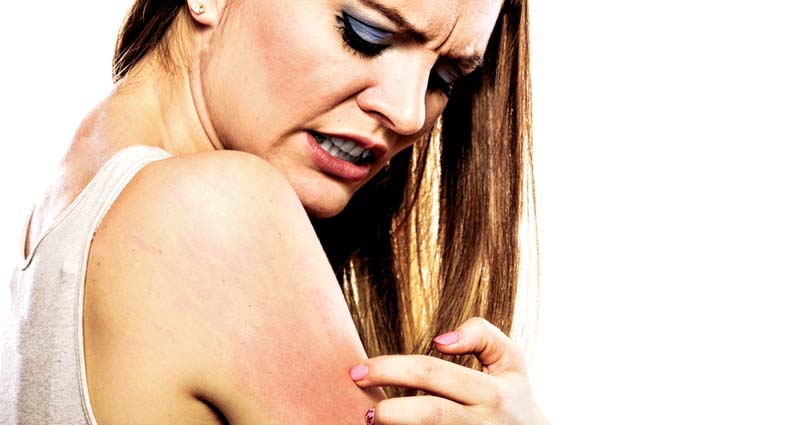Spring skin problems
It is a known fact that sunlight is essential for survival of living beings. The sun is also the major source of ultraviolet and visible radiation. Ultraviolet rays (200 to 400nm wavelength) can have deleterious effects on the skin.
When we go from winter to spring, sunlight becomes stronger, which means more ultraviolet rays reach the earth’s surface, hence the skin is more exposed to it. In winter, we cover well to avoid cold, and when spring comes it is a relief to do away with heavy clothes. We start to wear open necked and half-sleeved shirts and tee-shirts. Without being aware, we are exposing more to ultraviolet rays. There is also an increase in temperature. It gets hotter. Hence, we start sweating more. This is more so if you are living in Tarai or big cities like Kathmandu, where there is more pollution and overcrowding.
And the most common skin problems in spring are mainly due to exposure to ultraviolet rays of sunlight and excessive sweating. I would emphasise on two problems, the first is an allergic reaction to ultraviolet rays known as polymorphic light eruption; the second is fungal infection due to heat and perspiration.
Polymorphic light eruption
It is the abnormal response of the skin to ultraviolet rays. It is characterised by small, itchy rashes which coalesce to form bigger ones. The sites involved are photo-exposed sites such as face, nape, upper chest and fore arms. Those with fair complexion, whom we call phototype III and IV, are likely to suffer more.
How to prevent sun allergy?
- Try to avoid sun exposure between 10:00 am and 3:00 pm.
- It is better to cover body areas such as neck and forearms for some more weeks until the season change is complete.
- Always use a hat when outdoors. If you have to stay out for long periods, use an umbrella also.
- It is a good habit to cover your face with a tightly knit, light coloured shawl, if you need to stay for longer periods in the sun.
A sunscreen lotion with SPF 30, can be used if necessary. You have to apply well on all the exposed sites. And you have to apply this half-an-hour before going in the sun. It is more practical to apply twice at around 8:00 am, and around 12 noon.
The treatment, in mild cases, consists of application of steroid creams. If the problem is persistent, a dermatological consultation is advised.
Fungal infections
They are due to microscopic fungi, which multiply and produce skin problems when some areas of the skin become moist and warm. There are two very common fungal infections — pityriasis versicolor and tinea, which appear with the beginning of the hot and humid season.
Pityriasis versicolor or khairo dubi in Nepali, is caused by the fungus, Malassezia furfur. It is present as small whitish spots on the upper trunk and the neck. One should not get confused with vitiligo, seto dubi. Pityriasis versicolor is an easily preventable and treatable skin problem, whereas vitiligo can be difficult to manage.
Tinea or ringworm (dadd)look like red circular ring-like rashes with central clearing and peripheral reddish, scaly and raised border. The most commonly affected site are the groins, but other body areas can also be affected.
Fungal infections are contagious skin infections. It transmits from one person to another, and from one site to another in the same person.
Preventing fungal infections
- Wash body regularly with water, particularly the areas which sweat more such as the armpits and groins. It is very important to rinse your body in the evening to wash away the sweat.
- Keep areas such as folds (armpits, groins, breast folds, toe clefts) dry.
Applying an antifungal powder regularly in the morning helps.
- Use less soap and do not use soap on the rashes when you have the fungus. Soap makes the skin alkaline, which favours fungal infection.
- Wear cotton and loose fitting clothes.
- Do not use medication without advice from a dermatologist.
The treatment consists in using antifungal creams and oral drugs always after dermatological consultation. There is rampant use of ointments containing steroid, which initially treats the fungal rash, but subsequently increases it in size and renders it difficult to recognise and treat. This should be avoided. The white spots of pityriasis versicolor takes around three months to go away, after the completion of the treatment.
(The author is Head of Department of Dermatology, TU Teaching Hospital, and Senior Consultant, B&B Hospital)


